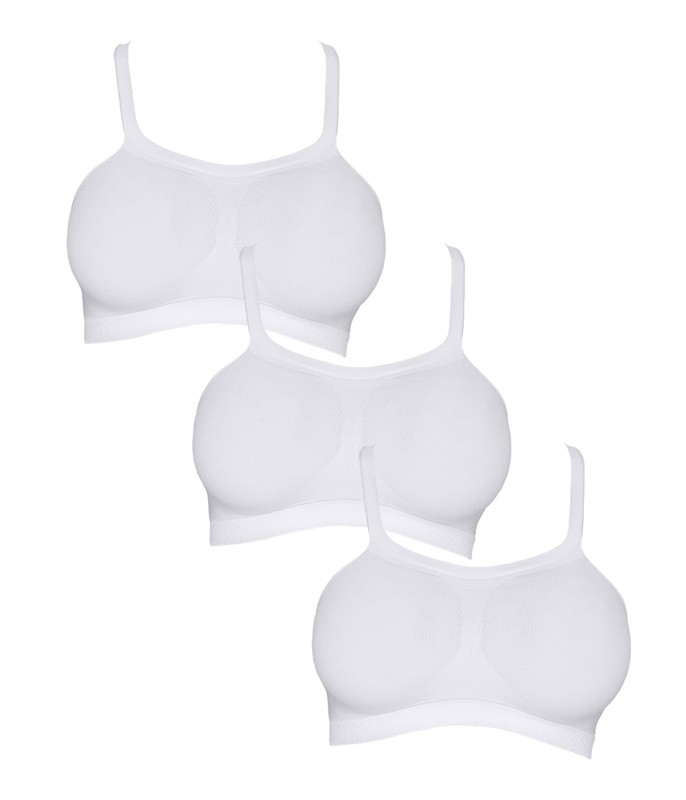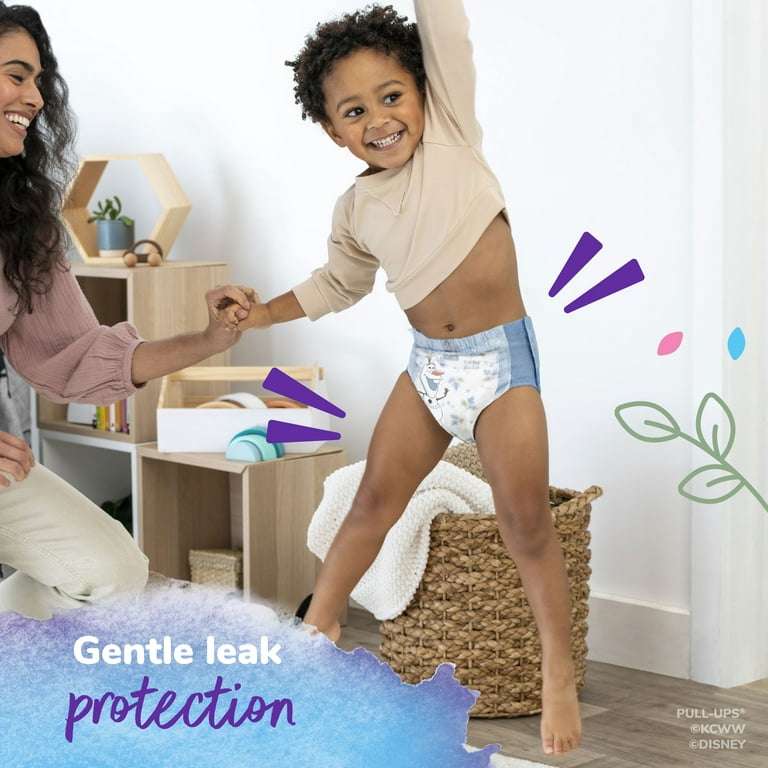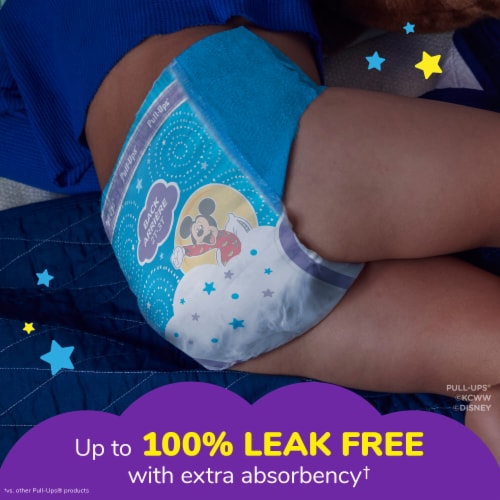Diapers vs Pull ups - Cut the Poop, Here's the Scoop - The Wriggler
$ 22.00 · 4.9 (620) · In stock

Do you have a toddler who suddenly hates diaper changes? Or maybe your baby cries during diaper changes? Or it could be that your 2-year-old fights changing time and you end up chasing him around the room? Whatever the reason, at some point, you might start thinking about pull ups and wonder if they're right for you and your little one. This guide is sure to help you decide. And you're right to be thinking about it - when you consider we change our little ones 6 times a day or 6500 times until potty training, it's a big part of our days! Use our calculator tool below to figure out how many diaper changes you have left with your little one: (Note: Diapers are called nappies in the UK, Australia and a few other countries so we've used both terms interchangeably to cover
Do you have a toddler who suddenly hates diaper changes? Or maybe your baby cries during diaper changes? Or it could be that your 2-year-old fights changing time and you end up chasing him around the room? Whatever the reason, at some point, you might start thinking about pull ups and wonder if they're right for you and your little one. This guide is sure to help you decide. And you're right to be thinking about it - when you consider we change our little ones 6 times a day or 6500 times until potty training, it's a big part of our days! Use our calculator tool below to figure out how many diaper changes you have left with your little one:
(Note: Diapers are called nappies in the UK, Australia and a few other countries so we've used both terms interchangeably to cover all bases in this blogpost)
What are pull ups?
First things first, when we talk about pull ups in this article, we mean any nappy pants or diaper pants that come with an elasticated waistband that are ‘pulled up’ rather than secured at the side with taped strips. Pull ups traditionally referred to the Huggies Pull-ups® brand that are used as a transition to underwear for potty training, but which don’t necessarily have the same absorbency or features of a traditional nappy.
But, the term is now also commonly used for the new generation of pull ups, also known as nappy pants which share all of the same qualities of traditional nappies, including starting in small sizes from Size 3 upwards, having the same absorbency and being used as a replacement for nappies, not as a transition to potty training.
Pampers Nappy Pants and Huggies Nappy Pants are examples of such pull up nappies. This new generation of pull ups are typically recommended once babies and toddlers learn to roll and crawl and start wriggling during nappy changing, as they are seen as a solution to the nappy changing battle. This is the type of nappy that we’re talking about in this comparison.
At what age do people change to pull ups?
While in the past, pull ups were recommended for the transition to potty training, so they weren’t typically used before age 2, the new generation of pull ups are recommended from much younger. For example, Pampers Nappy Pants start at size 3, which relates to babies who weigh 7-13kg and are on average 7-12 months old. So more or less around the time babies start moving – rolling, crawling, standing and walking – the new generation of nappy pants are an option.
Why consider switching to pull ups?
The new generation of pull ups are recommended for babies who are starting to move. A common claim is that pull ups are easier to put on than taped diapers once a baby learns to roll and crawl. Since they can be simply pulled up like underwear, they are less ‘fiddly’ than taping Velcro on two sides of a diaper, especially for the active babies and toddlers out there!
The argument is that instead of having to lie your baby down, you can tear the sides and pull up a new one while your little one is standing. Standing diaper changes suit some kids and the hope is that it ends the diaper changing wrestling match as it means you don’t have to chase your baby around as much while they’re flipping over and crawling away.
Rocky Chicken GIF from Rocky GIFs
But…are pull up nappies REALLY easier to put on and take off?
A BIG thing to remember is that while pull ups can be torn off, in order to put on a new one, you must remove the whole bottom half of clothing from the baby or toddler, i.e. shoes and trousers / tights etc. Yes, there are times our babies and toddlers are wandering around in just their nappies, but in general, they are also wearing clothes! The thing is, with pull ups, you also need to take those clothes off AND put them back on once the new pull up is on, which can add a lot of time and wrestling to the whole process. In contrast, for a new nappy to be put on, you can just pull down the trousers/tights etc. without removing them fully, remove the soiled nappy and tape a new one without ever taking off the shoes or trousers. It definitely won’t end all the rolling and wriggling, but if mums had to choose to put one item of clothing on a bucking bronco or three, there’s no contest!
via GIPHY
The argument that pull ups are easy to be ripped off is true. However, one could argue that taped nappies are also very easy to remove. Some mums find a standing nappy change easier rather than trying to keep their little one from flipping over while being changed on their backs and in that sense, pulling on a pull up rather than trying to tape a nappy to a standing baby does seem easier. However, other mums find standing nappy changes difficult, and messier, particularly when changing a dirty nappy as it can often be more difficult to keep the baby or toddler still while standing than lying down.
The final thing to consider here is that if pull ups are easier to remove, they're easier for mum AND baby to removewhich may lead to a new problem in some cases!
Are pull ups or diapers more absorbent?
In theory, the taped and pull up versions of the same brand should have the same absorbency. They are made from the same absorbing material (sodium polyacrylate) and have the same number of layers. However, anecdotally, the feeling from parents using them tends to suggest that taped diapers have the edge in terms of absorbency, especially for overnight diapers. There’s no particular reason for this, but mums and dads tend to report more leaks and less dryness with pull ups than with standard taped diapers.
Are pull ups more expensive than traditional nappies?
The cost of nappies is constantly changing, and the price naturally fluctuates depending on how many you buy at a time and where you buy them. And weirdly, it’s actually quite hard to do a direct comparison nappy for nappy comparing one pack with another. The reason for this is that the companies sell their nappies in different multiples than their pull ups. So, for example, while Pampers Nappy Pants come in sets of 80 and 44 on Tesco.com’s website, Pampers Baby Dry Nappies come in sets of 50 and 100. Someone cynical might decide that they do this on purpose to make direct comparisons difficult or that they’d like to give the impression that they both cost the same even though you get less per pack for a similar price, which isn't great for money-conscious mums… but who knows?!
With that in mind, we’ve done as direct a comparison as possible by picking the packs that were closest in size to each other and going by the cost per nappy or pull up. We looked at over 1700 nappies and over 1700 pull up nappy pants on Tesco.com, Tesco.ie and .co.uk. We tried to match for size as much as possible, since smaller nappies are cheaper than larger ones, so, for example, we compared roughly 500 size 3 nappies with roughly 500 size 3 pull up pants. We also compared a range of pack sizes, as the cost per nappy or pull up is very different if you buy a small pack versus a large pack. So, to allow for that, we compared similar numbers of small, medium and large packs with each other. At the end of all that we came down to two numbers – the average price of a nappy and the average price of a pull up nappy. And the result? The average cost of a nappy was 14p and the average cost of a pull up nappy was… (drum roll please)… 19p. So that’s an average difference of 5p. That might not sound like a lot, but that means paying 36% more for pull ups vs nappies.
5p is a small amount of money for one nappy change, but when you consider those 6500 nappy changes before potting training, the costs start to add up.
You’re unlikely to consider pull ups before your child starts moving though so let’s assume you use pull ups for 18 months before potty training. That’s around 3000 nappy changes. At an average difference of 5p, that works out at £150 more for a year and a half, which is pretty significant. For some, this will be worth it, for others, it might not.
If you'd like to calculate what savings you could make, use our easy calculator tool here:
Diapers vs Pull Ups vs a Third Solution?
If you are considering pull ups as a way to end the wiggly wrestling match, an alternative may be to continue using taped diapers and consider an anti-roll changing mat that is designed for babies who wriggle during diaper changes. There are some changing tables that come with safety straps, though once they can roll pediatricians recommend changing babies and toddlers on the floor. There are also a small number of anti roll changing mats designed specifically for those rollers and crawlers.
As an example, based on our calculations, continuing with taped diapers in conjunction with one of these anti-roll changing mats, The Wriggler, which costs £34.99, would still represent a £114 saving over pull ups.
The verdict?
Pull ups can now be used once your little one can move, flip, roll and crawl and are no longer just for transitioning to potty training. They are more or less as absorbent as standard taped nappies and share many of the same features, though the general consensus is that they’re not quite as good as taped nappies in terms of leaking when it comes to big pees and overnight absorbency. Pull ups and diapers both rip off easily but pull ups can be pulled on more easily in some cases, especially if standing diaper changes suit. However, it is important to remember that with pull ups, the entire bottom half of clothing, i.e. trousers/tights, shoes etc. must be removed before a new pull up can be put on, and those clothes need to be put back on too, which may really lengthen the changing time compared with standard diapers. This might not suit little wrigglers as it means more things to battle. In terms of cost, it’s difficult to get a direct comparison, but on the sites we checked, pull ups came in at on average 5p more per diaper, which equates to 36% more per pull up. If one considers you change your baby on average 6 times per day and you were to use pull ups for a year and a half, that would mean spending £150 more in a year for pull ups. If you are considering switching to pull ups as a way of solving the wriggly diaper change, an alternative solution may be to continue with taped diapers and use an anti-roll changing mat designed for wriggly babies and toddlers, e.g. The Wriggler portable changing mat. This can mean a saving of £114 when compared with switching to pull ups alone.
PS: If you enjoyed this article, why not read our Ultimate Travel Packing List for traveling with a 2 year old and an 8 month old?

Diapers vs Pull ups - Cut the Poop, Here's the Scoop - The Wriggler
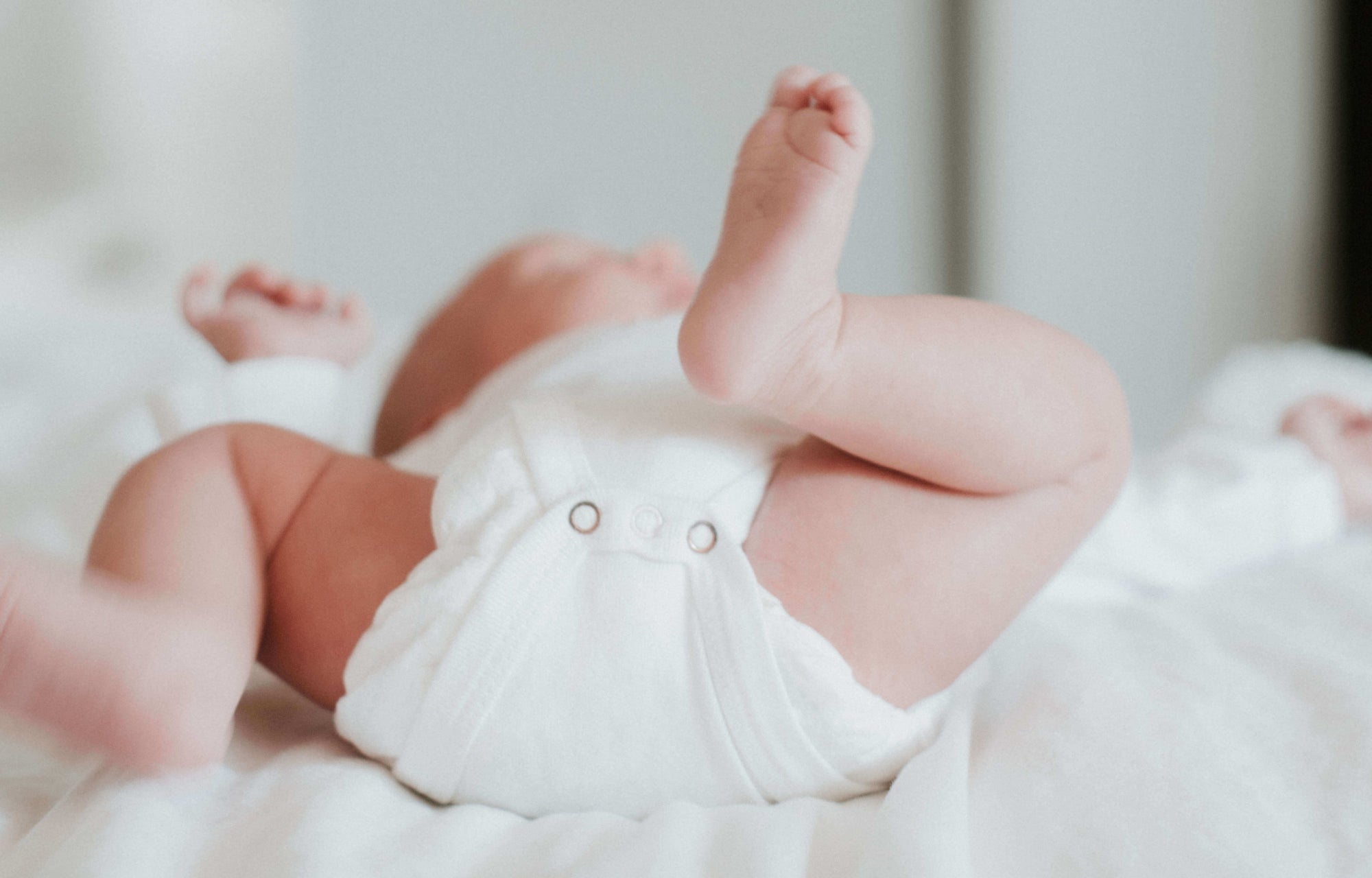
How Many Nappies Per Day? Lots! But This Poo Shall Pass! - The Wriggler
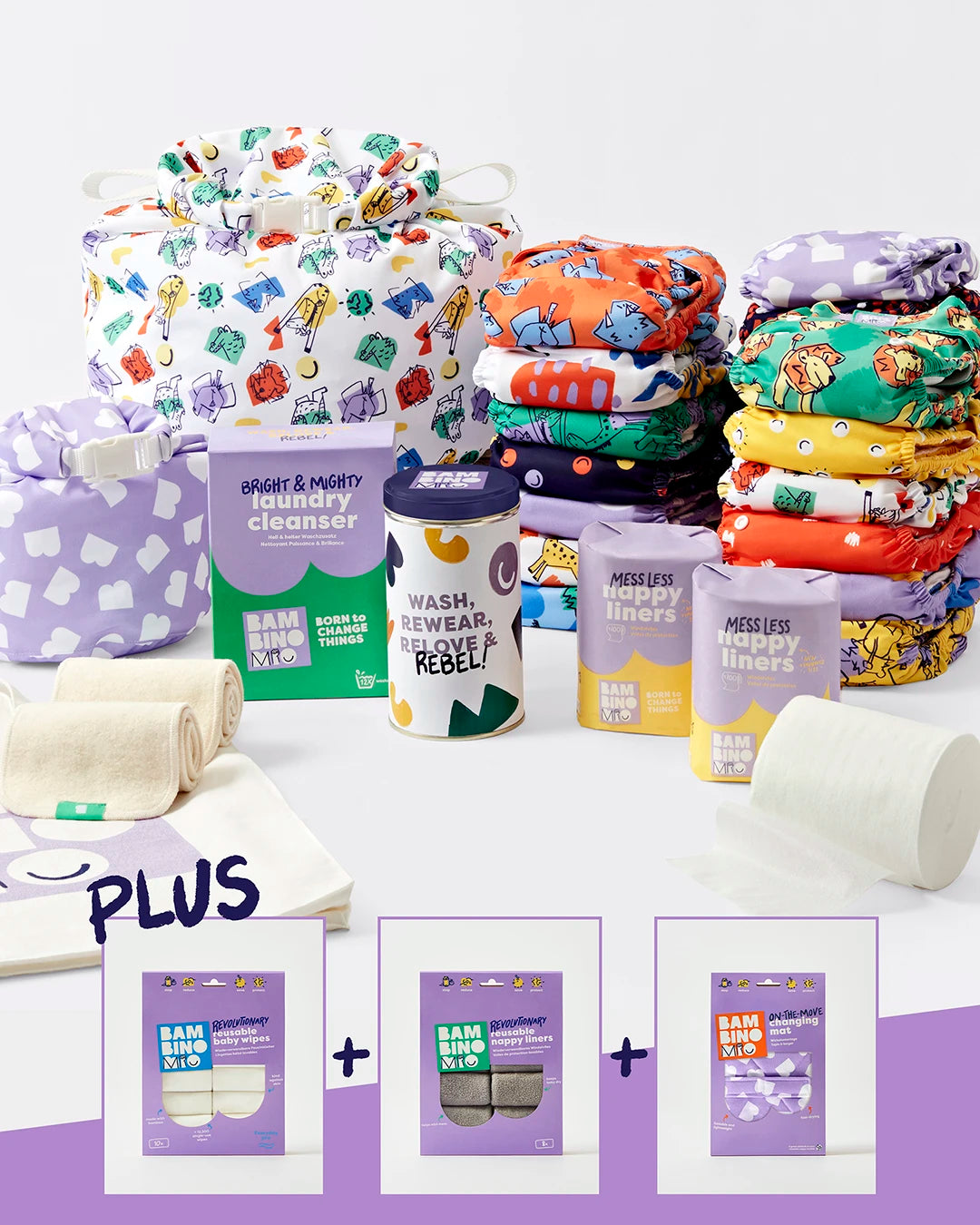
/cdn/shop/files/1_UK_The_Everyth

How to change a nappy – without further a-poo, let's skid right in - The Wriggler

Pull-Ups vs. Diapers?
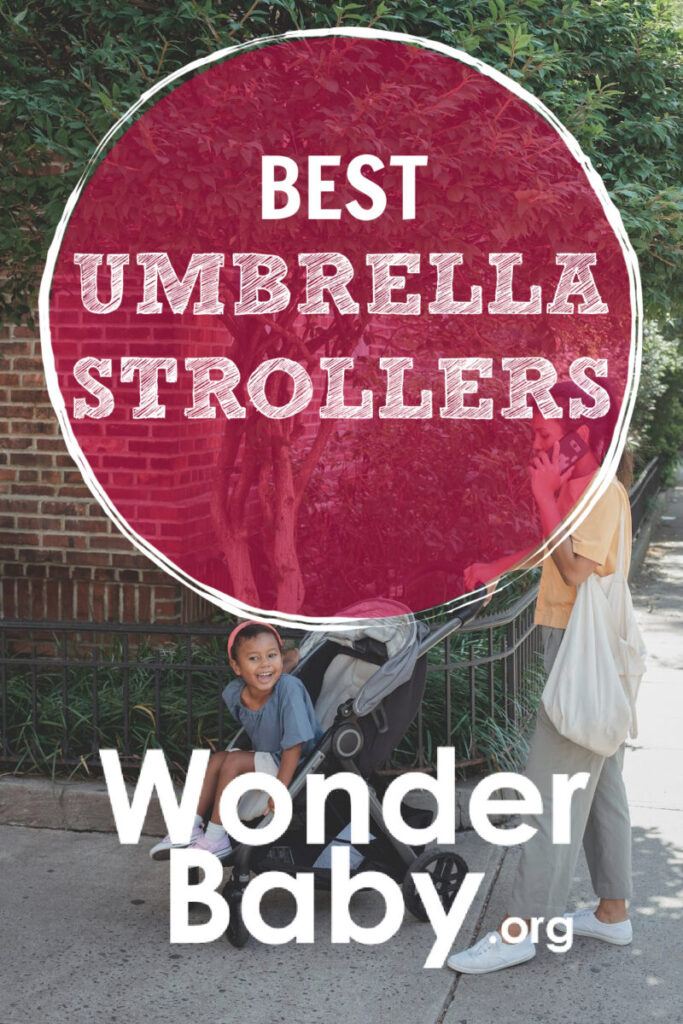
Pull-Ups vs. Diapers: What's the Difference?

Diapers vs Pull-ups
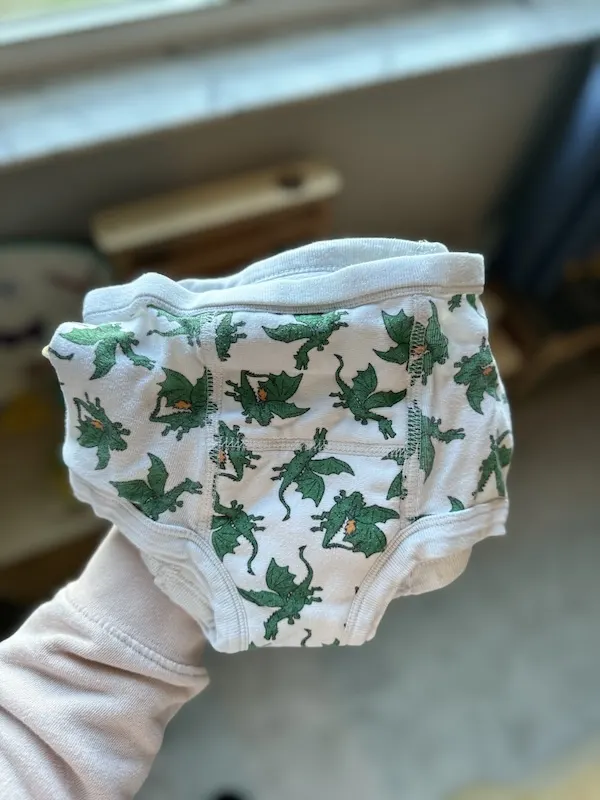
Pull-Ups vs Diapers: Differences + When to Switch - The Baby Bump Diaries
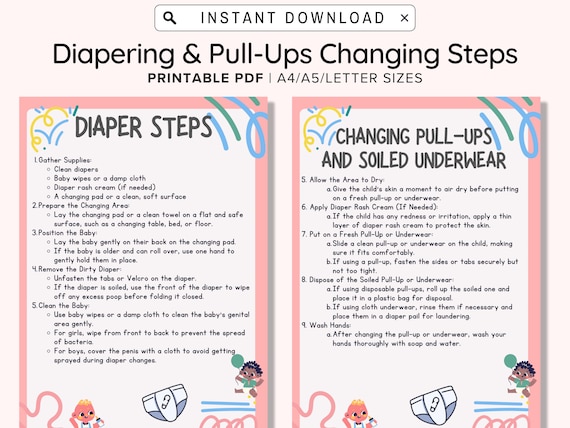
Diaper Changing Steps, Daycare Printable Diapering & Pull-up Changing Guides for Teachers/ Infant and Toddler Diaper Changing Posters

I'm an ex-nursery worker and there are four things we hate kids wearing - never go for tights for one thing
fypシ #momlife #pampers #pullup #pullsup Did you know this

From the Vast

Potty Training: Pull-Ups, Diapers, or What?

How Many Nappies Per Day? Lots! But This Poo Shall Pass! - The Wriggler

Diapers vs Pull ups - Cut the Poop, Here's the Scoop - The Wriggler


